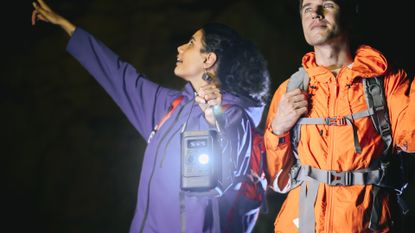Outdoors
The latest Outdoors breaking news, comment, reviews and features from the experts at T3
Explore Outdoors
-

I'm a camping expert and these are the 3 best sleeping bags I’ve seen in 2025
Whether it’s trekking across the fells or engaging in a languorous car-camping stint, these are the best sleeping bags to pack
By Derek Adams Published
-

This British experimental brand turned one of Earth’s strangest metals into a serious winter jacket
Vollebak’s new Full Metal Puffer looks like sci-fi nonsense, until you realise it’s built for sub-zero winters
By Matt Kollat Published
-
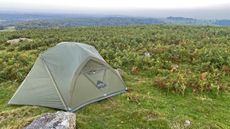
MSR Hubba Hubba LT2 review: a classic backpacking tent, reinvented
After 21 years, the iconic Hubba Hubba has had a major update
By Pat Kinsella Published
-

Best camping mat 2025: inflatable and foam sleeping pads ranked
We select the best camping mats for every occasion, from self-inflating pads to cheap and cheerful roll mats
By Matt Kollat Last updated
-
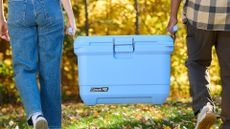
Best cooler for camping 2025: keep your food and drinks cool and fresh
Browse the best cool boxes, cool bags and electric coolers for camping, festivals, picnics and balmy days at the beach
By Matt Kollat Last updated
-
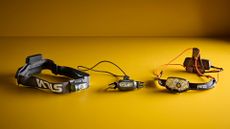
Best head torch 2025: hands-free illumination on the trail
Discover the best head torch for brighter paths when you're hiking, running, camping or exploring in the dark
By Matt Kollat Last updated
-

Best waterproof jackets 2025: coats to weather any storm
Waterproof shells to keep you dry, whatever the weather
By Matt Kollat Last updated
-

Best camping bed 2025: sleep soundly anywhere
Sleeping outdoors doesn't have to be uncomfortable – the best camping beds help you enjoy a sound, restful night's sleep
By Matt Kollat Last updated
-

Best torch 2025: illuminate your way through the dark
Get the best torch for camping, night hiking, walking the dog or finding your way in a power cut
By Matt Kollat Last updated
-
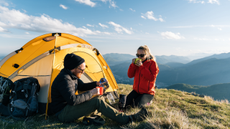
7 genius camping hacks an outdoor expert swears by
From turning your water bottle into a lantern to warming cold feet – here's how you can make your outdoor adventure easier
By Bryony Firth-Bernard Published
-
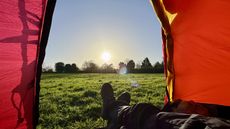
Hilleberg Soulo Red Label Tent review: a gold standard in portable resilience
Unshakeable camping performance for adventurous adventurers
By Derek Adams Published
-

I’m a camping connoisseur and these are the 3 best tents I’ve seen in 2025
If I could only pick three tents for 2025, these are the ones I'd choose
By Derek Adams Published
-
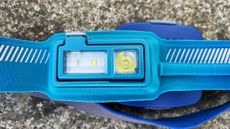
BioLite Dash 450 Headlamp review: Brilliantly balanced, lightweight head torch for outdoor adventures
It might seem simple, but the BioLite Dash 450 headlamp is brilliant
By Pat Kinsella Published
-
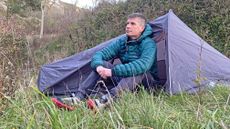
Lifesystems Solo Peak Tent review: a 1kg ultralight shelter built for fastpacking and solo adventures
A light-as-you-like one-person shelter for backpacking adventures, wild camping and fastpacking forays
By Pat Kinsella Published
-
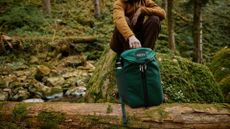
YETI is gearing up for its biggest year yet with a huge 2026 refresh on the way
The coolers-and-cups icon just laid out its most exciting roadmap in years, and it all points to a gear boom
By Matt Kollat Published
-

Columbia rebuilt the Battle of Endor with real outdoor gear and it looks incredible
Columbia returns to the forest moon
By Matt Kollat Published
-

Arc’teryx resurrects its most surprising pattern and the new collection is wilder than last year’s sell-out drop
Atomic and Arc’teryx expand the camo collaboration that fans couldn’t get enough of
By Matt Kollat Published
-
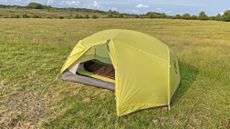
Nemo Dagger Osmo 2P Tent review: Wild testing the world’s first fully bluesign-ticked backpacking tent
The new version of Nemo's Dagger Osmo is a lightweight weapon of a tent, with super-sharp eco-friendly creds and cool cutting-edge features
By Pat Kinsella Published
-

People are going crazy over HOKA’s premium slip-ons as shoppers clear sizes faster than the brand can restock
A rugged recovery mule built from suede, neoprene and recycled rubber is suddenly one of the hottest things on HOKA’s site
By Matt Kollat Published
-

Garmin’s newest adventure gadget just made satellite comms feel unexpectedly… familiar
The inReach Mini 3 Plus shrinks big-trip communication into the brand's smallest off-grid device yet
By Matt Kollat Published
-
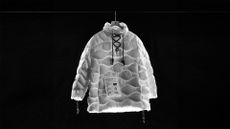
Peak Performance just unveiled a jacket that can literally be taken apart and it could change outdoor gear forever
The company's bold new prototype reveals what happens when you design a jacket to be unmade
By Matt Kollat Published
-

Forget Cyber Monday – All I want for Christmas is the YETI x Pendleton limited edition wool blanket
If YETI brings it to the UK, I will be first in line
By Matt Kollat Published
-

Cyber Monday’s countdown makes YETI’s final Gear Garage release a now-or-never moment for limited edition gear
The final day of YETI’s once-a-year Gear Garage arrives with a burst of bright orange drinkware
By Matt Kollat Published
-
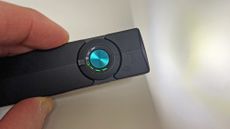
Olight ArkPro review: a compact no-faff multifunctional flashlight for after-dark adventures
The night is no match for this powerful pocket torch with myriad features and multiple beam options
By Pat Kinsella Published
-
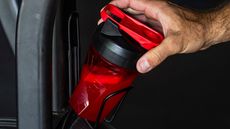
YETI quietly launches its hotly anticipated shaker bottle – and it’s more affordable than anyone expected
The Yonder Shaker Bottle comes in two sizes and four colours
By Matt Kollat Published
-
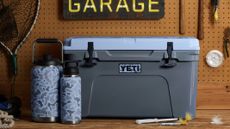
Forget Black Friday – YETI’s Gear Garage explodes with limited-edition Blue Camo drop
A fresh limited-edition colourway hits the Gear Garage, while both sides of the Atlantic finally get in on the action at the same time
By Matt Kollat Published
-

EcoFlow just dropped its new DELTA 3 Max Plus portable power station early – and added an unexpected Black Friday discount
New power station launches early with a juicy discount
By Matt Kollat Published
-
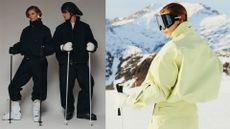
High fashion hits hard snow as Nike and Jacquemus rewrite what après ski looks like
Two brands collide in a winter collection that merges real mountain engineering with sharp runway restraint
By Matt Kollat Published
-

YETI’s Gear Garage Day 2 brings ultra-limited backpacks and patches you normally can’t get online
New drops land in the Gear Garage
By Matt Kollat Published
